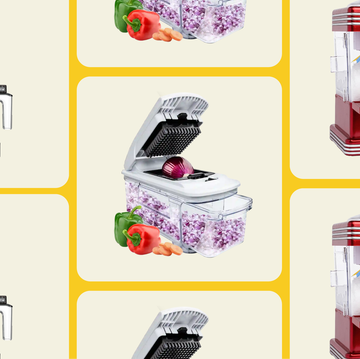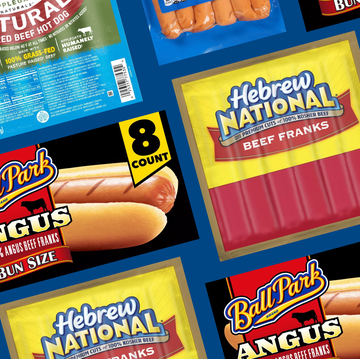Knives 101: When and How to Dice, Slice, and Chiffonade
Our guide to kitchen knives is full of helpful information, including basic cuts, how-to tips, and recipes.
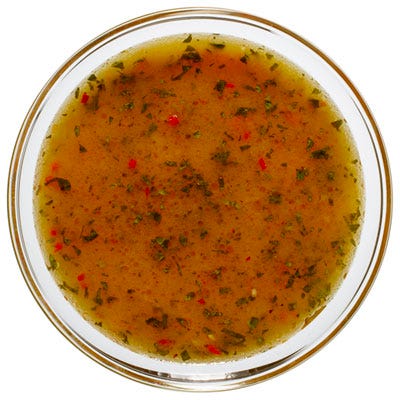
Knowing when and how to use the proper knife in a kitchen is one way to keep yourself safe and injury-free — and it also means less work and a prettier end product to present to your friends, family, or guests. Improve your knife skills with this helpful guide. It includes basic cuts, tips, and recipes that let you practice your newfound knife know-how. Whether you're brand new to the kitchen or a veteran cook, a refresher in basic techniques and tricks can save you time. Try this ultimate guide for chicken, or review these baking tips.
Watch Next

Advertisement - Continue Reading Below
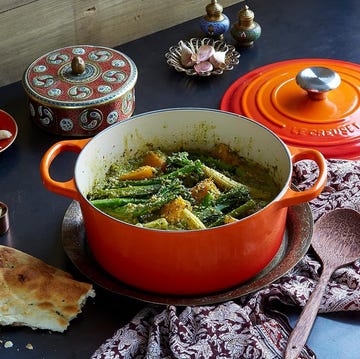
Le Creuset's Dutch Oven Is On Sale For Prime Day

Ninja’s Viral CREAMi Is On Sale For Prime Day
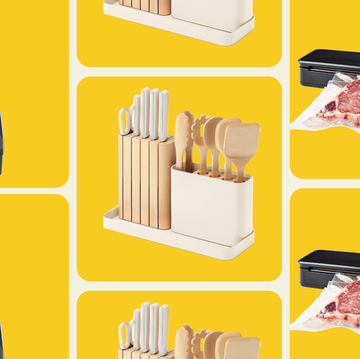
The 21 Best Prime Day Kitchen Deals

Prime Day Deals That are Cheaper Than Costco
Advertisement - Continue Reading Below
Advertisement - Continue Reading Below









